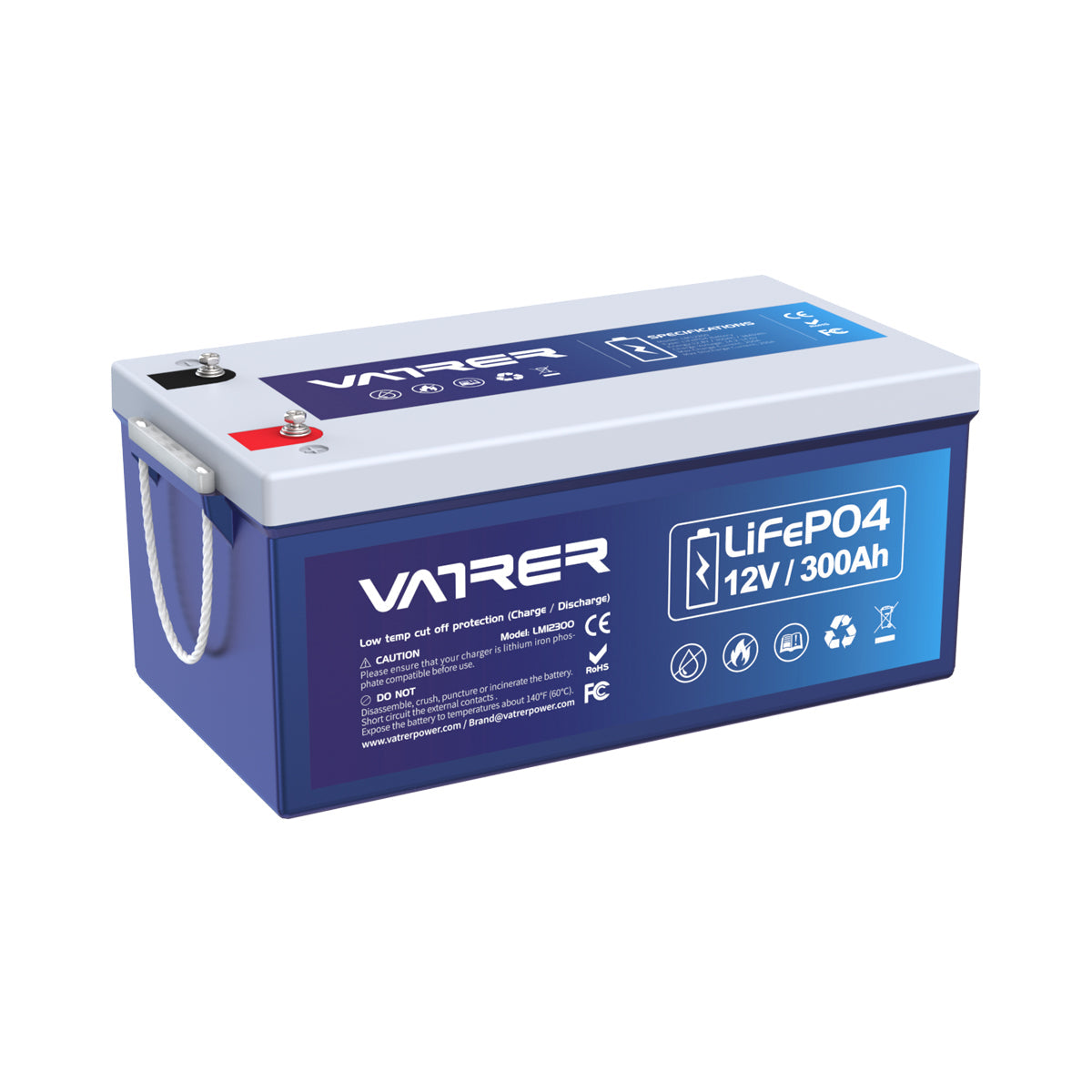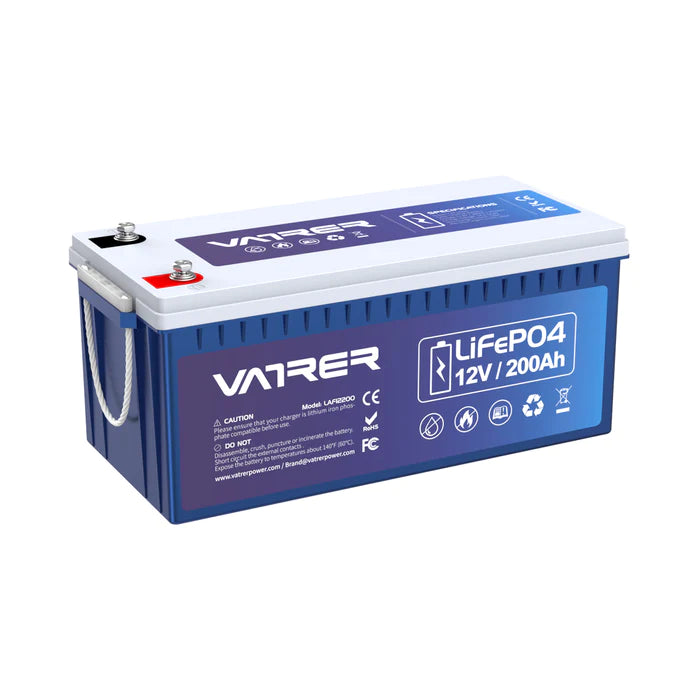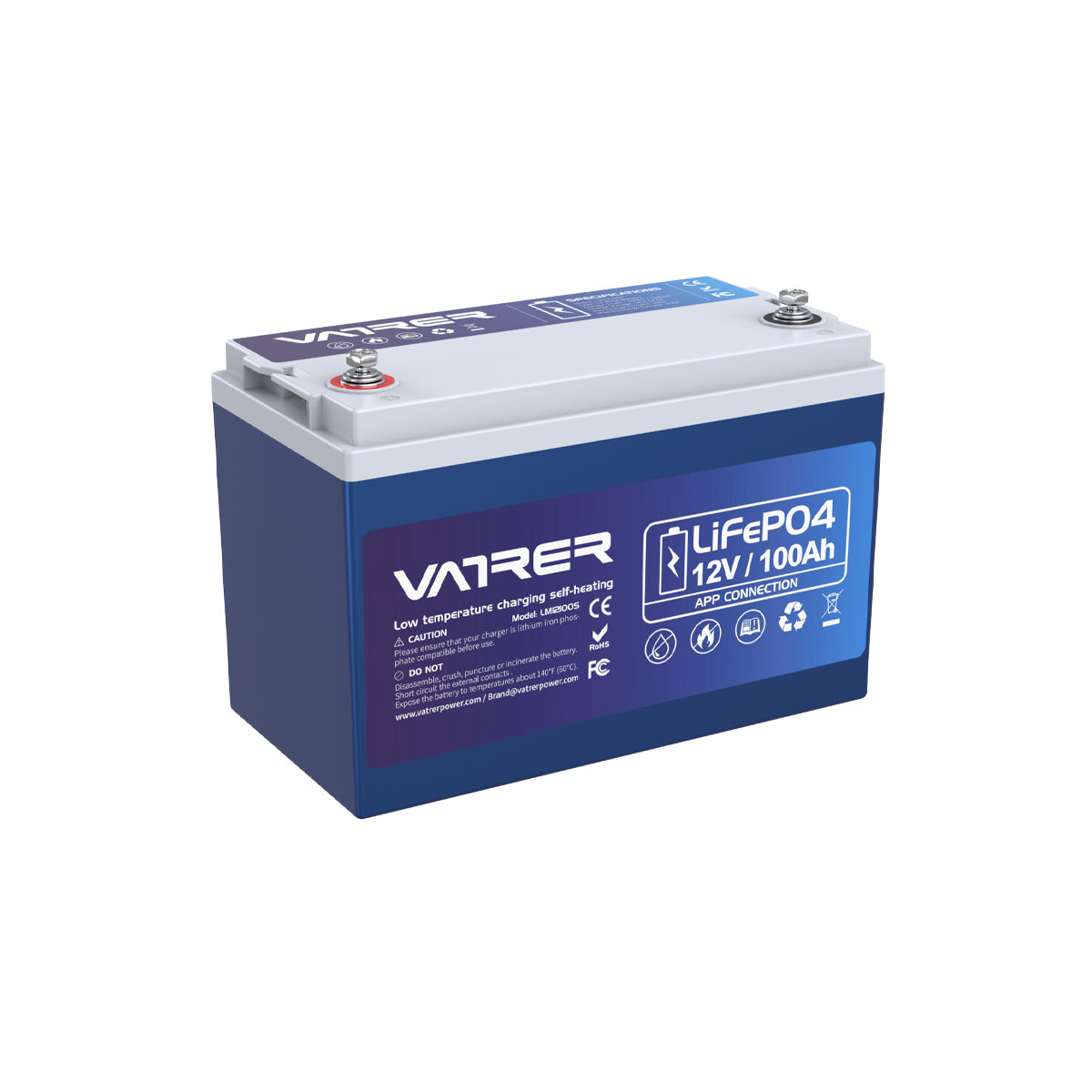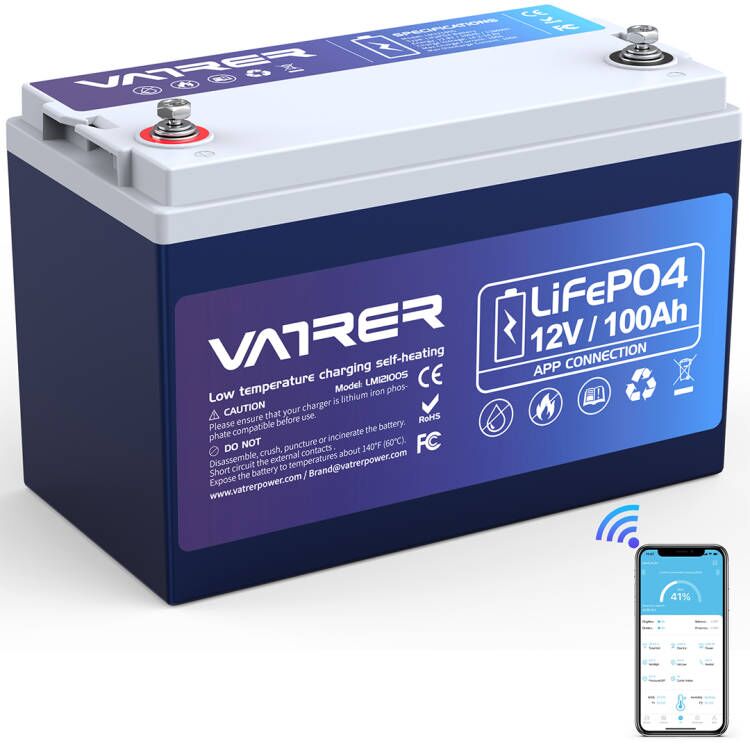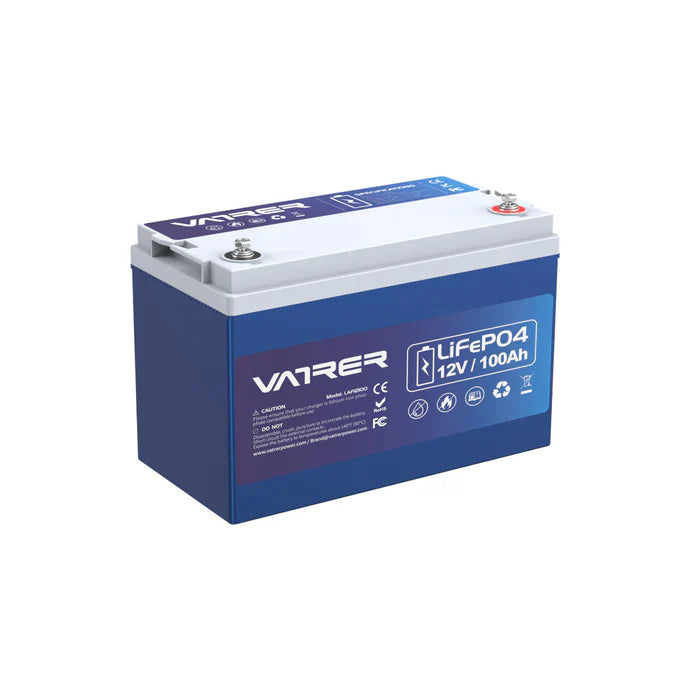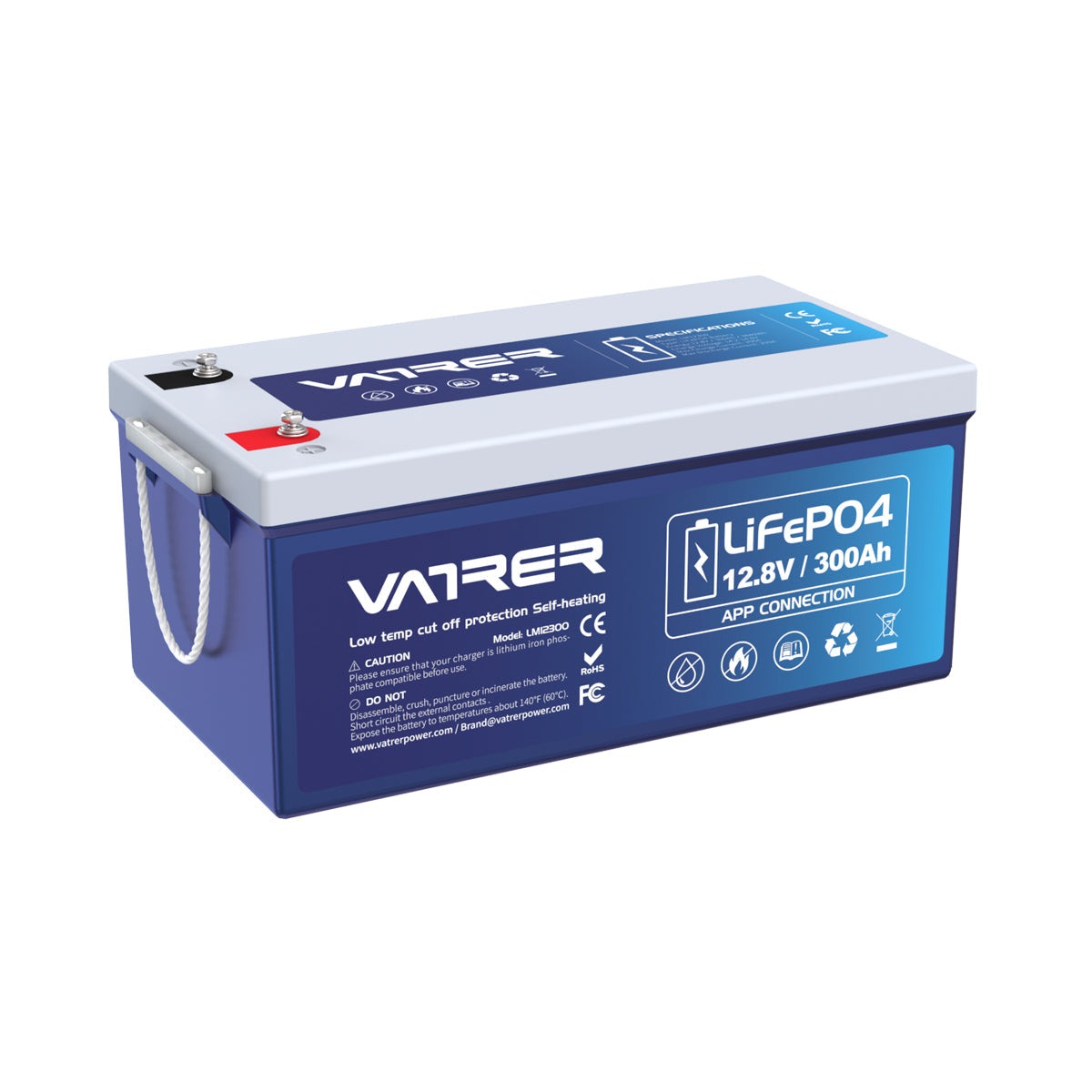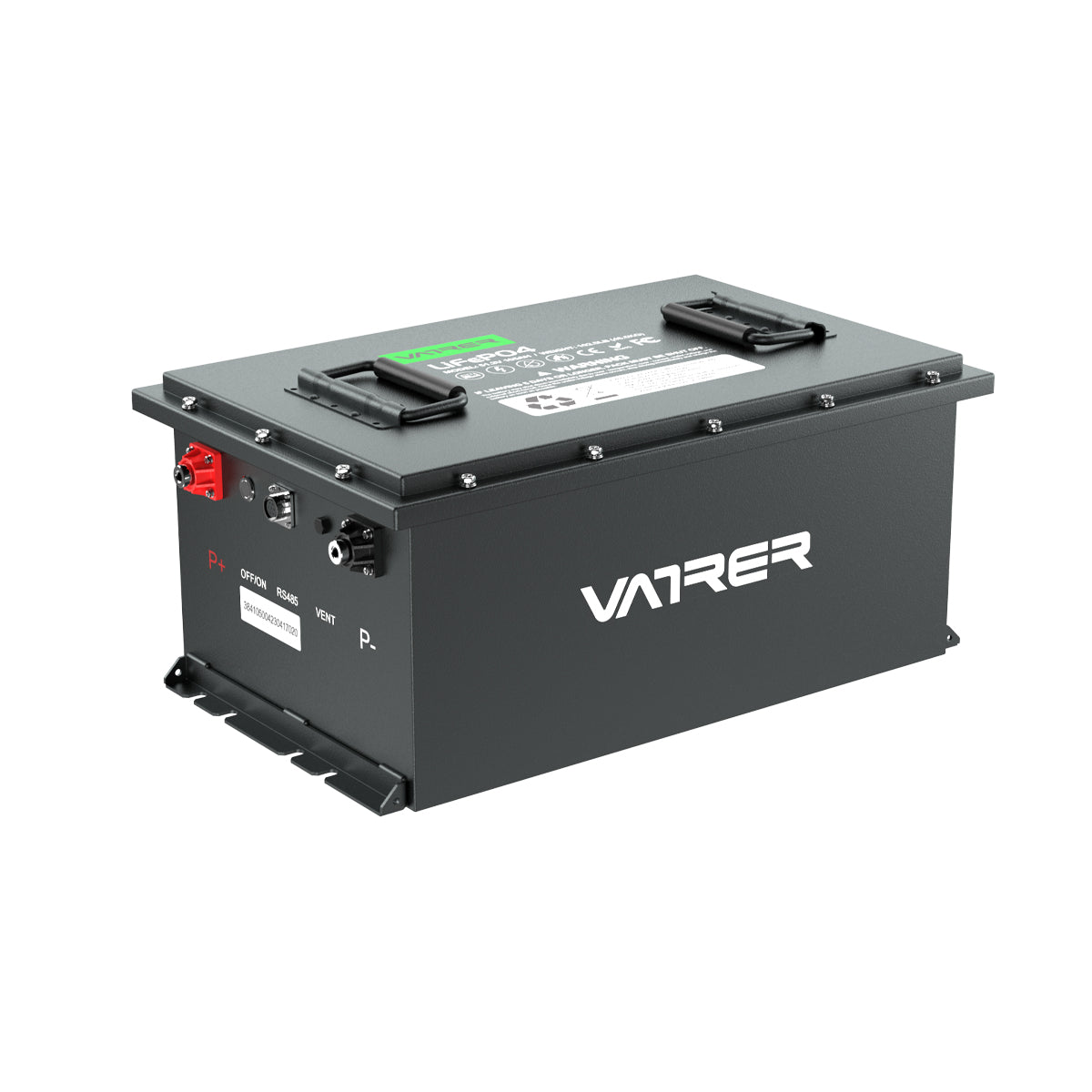Introduction
Lithium-ion batteries have become increasingly popular in various applications due to their high energy density, long lifespan, and lightweight nature. Golf carts are no exception, with many manufacturers opting for lithium batteries over traditional lead-acid batteries. However, one common concern among golf cart owners is the possibility of overcharging lithium batteries. In this blog post, we will explore the concept of overcharging lithium golf cart batteries and discuss the implications it may have on their performance and longevity.
Understanding Lithium Battery Charging
Before delving into the topic of overcharging, it's essential to understand the basics of lithium battery charging. Lithium-ion batteries require a specific charging protocol to ensure optimal performance and safety. The charging process typically involves two stages: constant current (CC) and constant voltage (CV).
During the CC stage, the charger supplies a constant current to the battery until it reaches a predefined voltage threshold. Once this threshold is reached, the charger switches to the CV stage, where it maintains a constant voltage while the current gradually decreases. This allows the battery to reach its full capacity without excessive stress.
Overcharging: A Potential Concern?
Overcharging occurs when a battery continues to receive a charging current even after it has reached its maximum voltage threshold. In the case of lithium batteries, overcharging can have serious consequences. Unlike lead-acid batteries, which can tolerate overcharging to some extent, lithium batteries are highly sensitive to overcharging.
The Dangers of Overcharging
Reduced Battery Lifespan: Overcharging lithium golf cart batteries can significantly reduce their lifespan. Exposing the battery to excess voltage and current causes accelerated chemical reactions, which can lead to the degradation of the battery's internal components. This degradation ultimately reduces the battery's capacity and overall lifespan.
Safety Risks: Overcharging can generate excessive heat within the battery, which can result in thermal runaway—a potentially dangerous situation where the battery's temperature increases rapidly, leading to gas generation, electrolyte decomposition, and, in extreme cases, even fire or explosion. Lithium batteries are equipped with protection circuits to prevent overcharging, but these circuits may not always be foolproof.
Preventing Overcharging
To avoid the risks associated with overcharging lithium golf cart batteries, it is crucial to follow the manufacturer's charging guidelines and use a compatible charger specifically designed for lithium batteries. These chargers are equipped with sophisticated charging algorithms that monitor the battery's voltage and current levels, ensuring safe and optimal charging.
Additionally, some lithium batteries may have built-in Battery Management Systems (BMS) that provide additional protection against overcharging by actively monitoring and controlling the charging process. These systems help maintain the battery within safe voltage limits and prevent overcharging incidents.
Conclusion
Overcharging a lithium golf cart battery can have detrimental effects on its performance, lifespan, and safety. It is essential to understand the charging requirements of lithium batteries and use appropriate chargers and charging protocols to prevent overcharging. Following the manufacturer's guidelines, utilizing compatible chargers, and, when available, relying on built-in Battery Management Systems can help ensure the longevity and safety of lithium golf cart batteries. By taking these precautions, golf cart owners can enjoy the benefits of lithium batteries while maximizing their lifespan and minimizing potential risks.












